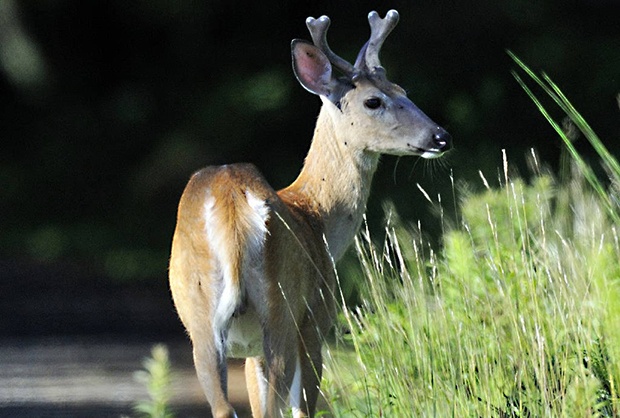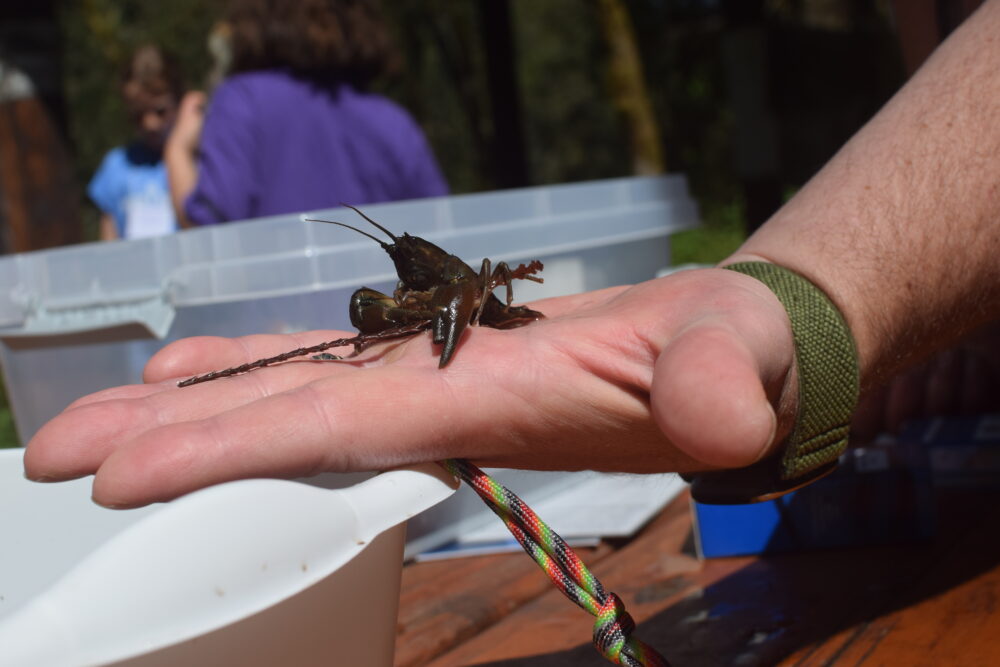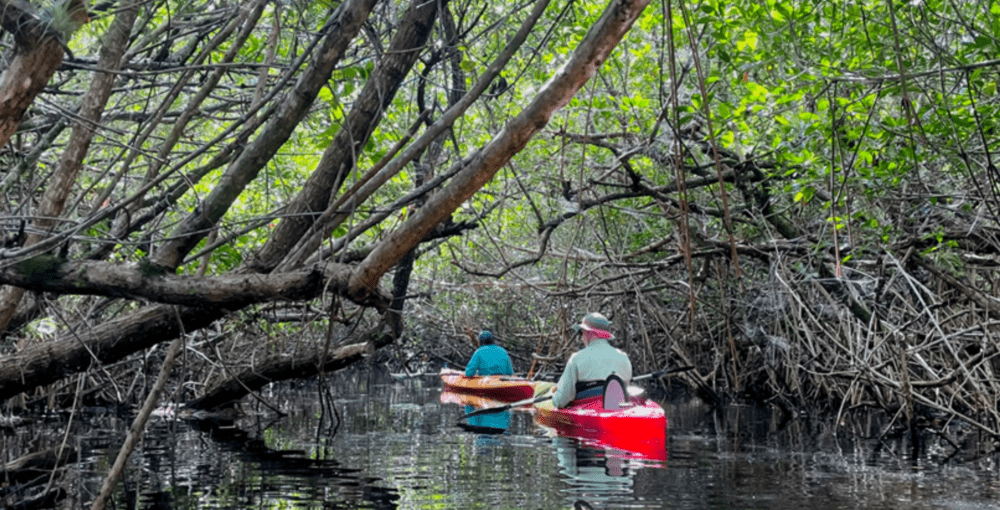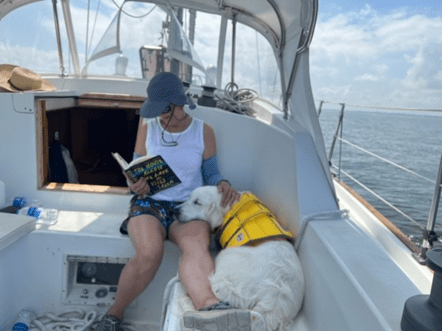We have much more to do and your continued support is needed now more than ever.
Chronic Wasting Disease a Threat to Missouri Deer
An infectious epidemic known as chronic wasting disease is threatening the lives of deer in the United States.
The incurable disease was first discovered in captive deer at a research lab in Colorado. It has since spread to free-roaming and captive deer in 21 states, including Missouri. Right now, Missouri state legislators are considering bills that could facilitate the spread of this incurable disease.
100% Fatal for Deer
Chronic Wasting Disease (CWD) is a deadly disease that affects members of the deer family known as cervids, which includes white-tailed deer, mule deer, moose and elk. CWD causes brain deterioration that leads to extreme weight loss and eventual death. It can also affect behavior and cause tremors. Unfortunately, symptoms may not appear for months to years, allowing infected deer to easily spread the disease while appearing healthy. Once the symptoms do appear, they typically die within a couple months. Sadly, there is no treatment to prevent or cure the disease.
The highly infectious chronic wasting disease is believed to spread from deer to deer or transmitted to deer via infected soils. It was first discovered in captive deer at a research lab in Colorado in 1967 and a Wyoming research facility a decade later. The transport of captive deer among private facilities such as big-game hunting facilities or research labs are thought to be one of several methods for the spread of this dangerous disease. Unfortunately, wild deer can easily come into contact with captive deer. The disease was soon discovered in wild populations in the early 1980s.
CWD can now be found in captive and/or wild deer in Colorado, Illinois, Iowa, Kansas, Maryland, Michigan, Minnesota, Missouri, Montana Nebraska, New Mexico, New York, North Dakota, Oklahoma, Pennsylvania, South Dakota, Texas, Utah, Virginia, West Virginia, Wisconsin, and Wyoming. It also has been identified in two Canadian provinces. Southeastern states are cautiously watching.
Common-sense regulations and strict containment guidelines are the key to preventing the spread of the disease. The National Wildlife Federation and its affiliates are urging individual states and the United States Department of Agriculture to enact laws or rules prohibiting the importation and exportation of live cervids, cervid carcasses or unboned cervid meat. Unfortunately, state legislators in Missouri are considering bills that will disregard the welfare of deer for the benefit of special interests.
Dangerous Precedent in Missouri
White-tailed deer, one of Missouri’s most iconic native wildlife, are a familiar sight in the meadows and forests of Missouri. Sadly, the infectious epidemic is now threatening the lives of deer in this state. In 2010, captive deer at big-game hunting facilities in two Missouri counties were the first diagnosed with the fatal disease. Since then, wild deer near these facilities have also been diagnosed with the disease. The Missouri Department of Conservation is responsible for managing captive and free-roaming deer to prevent the disease from spreading outside the known areas. However, reckless state bills could undo this work.

Right now, special interests in Missouri are heavily pressuring for bills that would undermine the Missouri Department of Conservation’s efforts—and possibly facilitate the spread of the disease. Missouri Senate Bill 964 and House of Representatives Bill 2031 would jeopardize all deer in Missouri by taking oversight of captive deer away from the Department of Conservation and reclassifying them as “livestock” under the oversight of the Department of Agriculture. Both the Missouri Department of Agriculture and the Missouri Department of Conservation agree that the reclassification of captive deer is a bad idea.
The reclassification would also have dangerous implications for general wildlife management, “The Missouri Department of Conservation is responsible for the management of Missouri’s wildlife resources. This includes both captive and free ranging wildlife,” commented the spokesperson. “The Department believes it is a dangerous precedent to start defining captive wildlife species (ie, black bear, quail, coyote, white-tailed deer, bobcat, etc.) as livestock because of the side of the fence the animal stands on and because of a special interest group.”
Missouri citizens can help protect white-tailed deer from chronic wasting disease by voicing opposition to reckless legislation.
![]() Missourians, speak up for white-tailed deer to keep the management of ALL deer with the Missouri Department of Conservation.
Missourians, speak up for white-tailed deer to keep the management of ALL deer with the Missouri Department of Conservation.




















